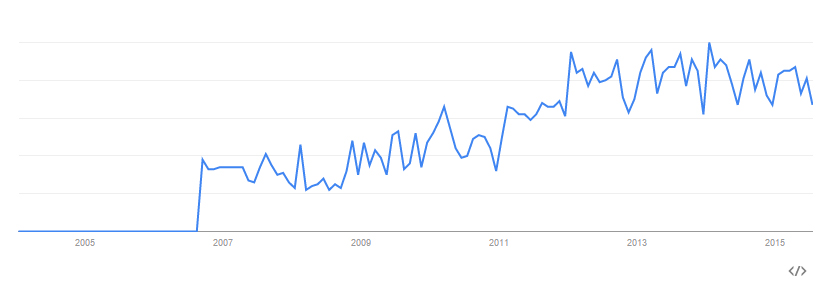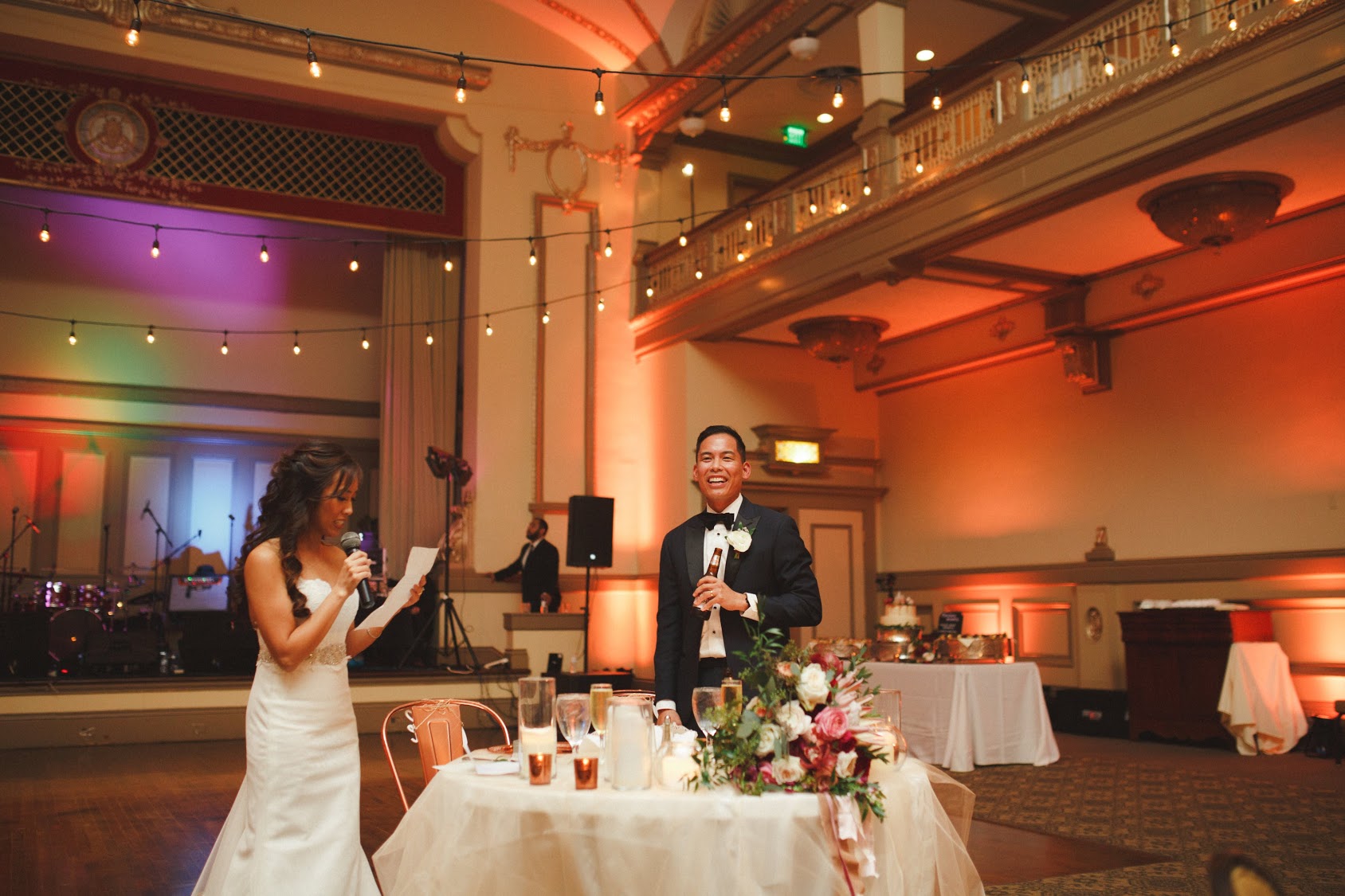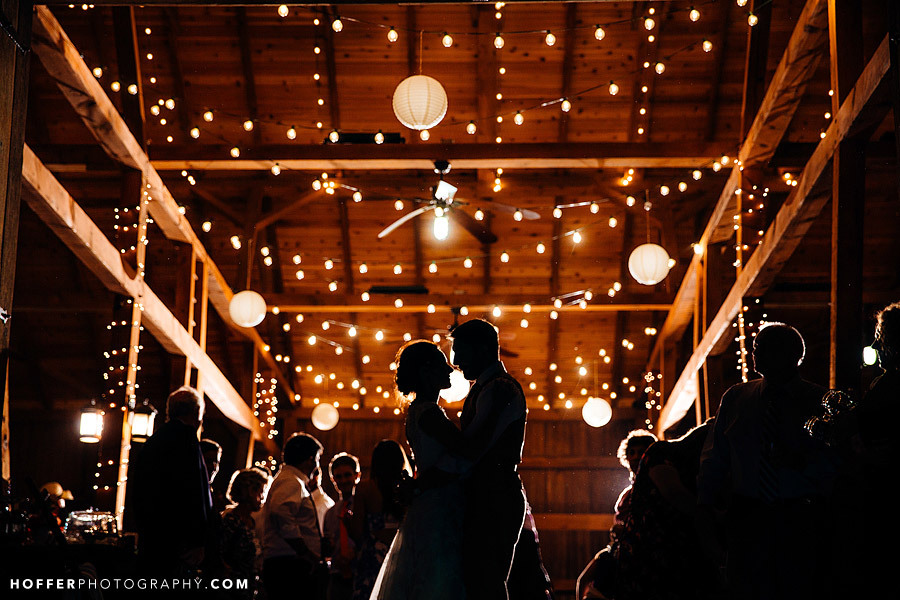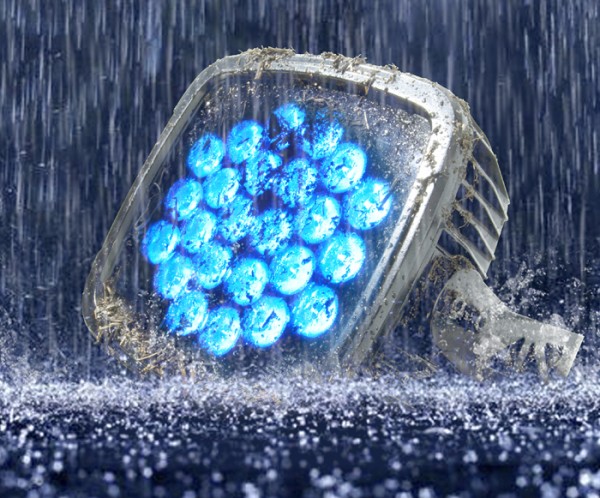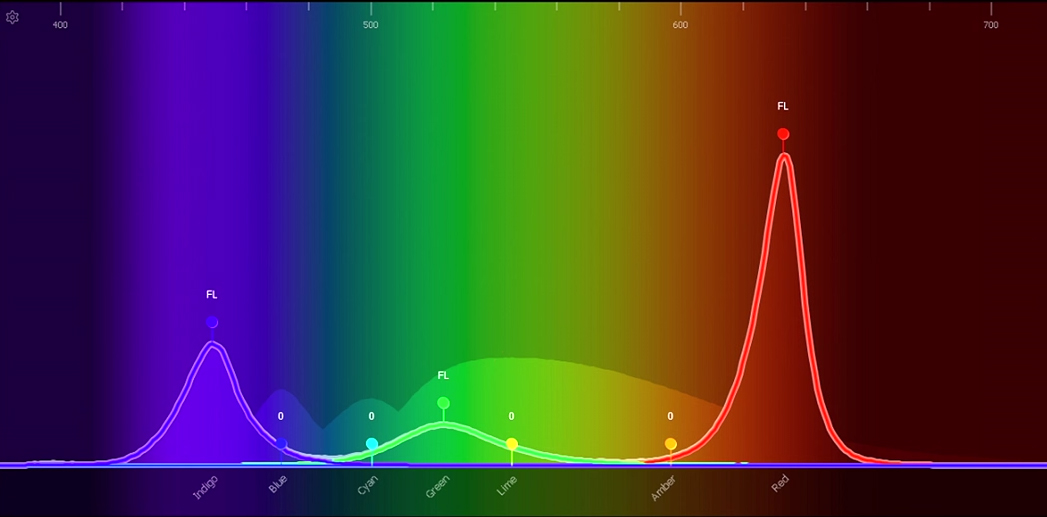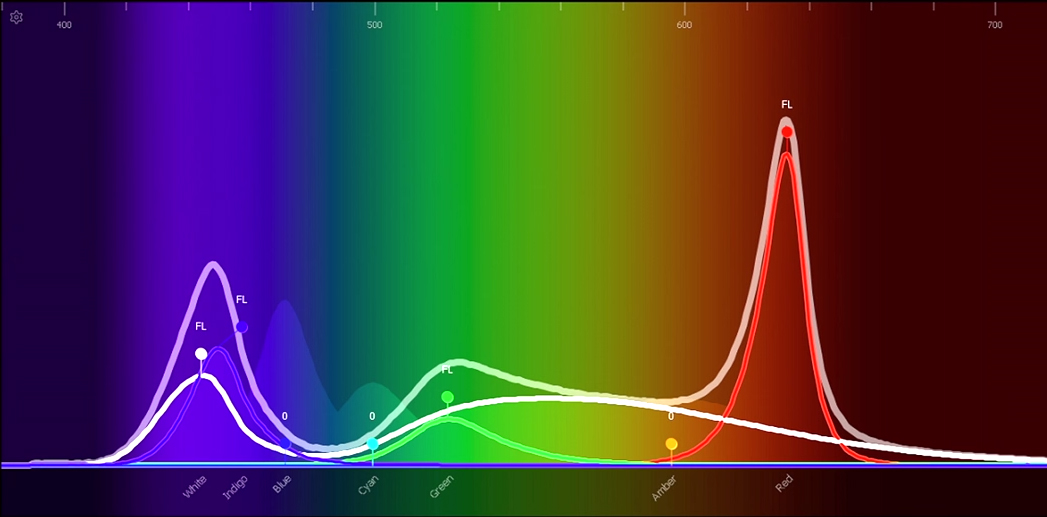Looking for wedding lighting? Lighting up your special day? Here are some things about wedding lighting you should know:
Wedding entertainment is an extremely competitive business. Many couples are shopping around looking for the most affordable solution, while wedding vendors are providing crossover services that they are often unqualified to perform correctly. Uplighting is a fairly new addition in lighting weddings, but since early 2000, it’s been one of the fastest growing services offered by production companies.
With LED technology becoming more affordable and more widely available, companies are able to offer lighting services which greatly improve the overall look of a wedding or reception. We compiled this list to help brides and grooms avoid common mistakes, and become more aware of what is available to take their weddings to the next level. This list is in no particular order.
1. What the heck is a gobo?
A gobo is a template — made of glass or steel — that is inserted into a lighting fixture to obtain a projected image. Steel gobos are typically more cost effective, while glass gobos yield a higher quality image. Some common applications of gobos include:
- Monogram names of bride and groom projected on dancefloor at wedding
- Sponsor company logos projected at event
- Logo/Brand projected in retail shop / gallery
- Logo projected at entrance of hotel / restaurant
- Pattern gobos used on walls, floor, ceiling to create textured look (as pictured above)
Today, a monogram gobo at a wedding is practically required, and is usually most recommended by photographers, who love having shots of the bride and groom with the monogram in the back.
2. Be careful using businesses that offer wedding lighting as a secondary service.
Many mobile DJs and tenting companies also offer services such as uplighting, but it’s usually best to avoid such companies for lighting services. You wouldn’t want your DJ bringing in your catering, and in much the same way, you probably don’t want them doing your lighting either. While a tenting company may be able to offer you a great price on LED uplights that they purchased at Guitar Center, professional lighting companies are more likely to have the best, most powerful, (and most reliable) equipment on the market. Professional wedding lighting companies will also have a lot more knowledge about lighting, color theory, power consumption, and are going to be able to do far more than just uplighting.
3. Wired vs. Wireless LEDs and how they impact your wedding lighting.
We often find that brides and grooms are misled by companies into thinking wireless solutions are the only way to go. Be wary of companies that claim to only use battery powered LEDs and use phrases such as “no messy wires.” The truth is, any professional production company should be able to offer both solutions. Many times, wireless LEDs are required for areas that it’s impossible to get power to, but wireless LEDs run on batteries with lives of 4 – 8 hours, and this number decreases over time as the battery wears out. Wired LEDs are far more powerful, i.e. all of the ambient lights don’t have to be off in order to see the beam and color. Wireless LEDs are great time-savers, and can be extremely useful, but good lighting companies know how to hide all wires out of sight anyway, so make sure you go wireless for the right reasons!
4. Wash vs. Beam: What’s the difference?
If you’ve been in the market for wedding lighting for a bit, you might have heard these terms tossed around. The difference is pretty simple: a beam light will be more like a straight column of light, while a wash will have more spread. The important thing to note is that LED lights come in all shapes and sizes, and the thing that distinguishes the width of the beam is the beam angle on each particular fixture. There is no rule as to what looks best, but you should be asking your vendor questions about the options they have available for you.
Make sure that you have options to choose from, and don’t corner yourself into using a look that you’re not in love with.
5. Is Bistro Lighting for bistros?
Also known as festoon lighting, bistro lighting is strings of evenly spaced miniature light bulbs. Bistro has become incredibly popular as wedding lighting, and is great in conjunction with uplighting; with both, there is a nice color wash, but also a classy incandescent ambient look. The important thing to know about bistro lights is that they can be a safety hazard if installed by the wrong company. Make sure your lighting vendor is using properly rigged aircraft cable (very strong, thin, cable) for runs over 20 feet. Anything more than a 20 foot run begins to get very heavy, and all of the weight is held up by the thin electrical cable that is powering the lights. The last thing you want on your special day is string lights falling onto your guests from improperly rigged lighting.
If it looks unsafe, it probably is, and safety should always be the primary concern.
6. Waterproof Lighting
If you’re expecting to have lighting outside, don’t hire any company that can’t provide you with waterproof lighting. The technical term for equipment rated for outdoor use is “IP 65.” Nobody wants it to rain on their wedding day, but sometimes, bad weather cannot be avoided. Make sure your event isn’t left in the dark while your lighting vendor scrambles to collect all their equipment to avoid damage.
IP65 LEDs are rugged, sealed, and can stand up to most any type of weather. Photo courtesy of Chauvet.
7. RGB vs. RGBW (got hue?)
We’ve been throwing a lot of acronyms around, but this is one that you may be familiar with. RGB stands for Red, Green and Blue. LEDs use these three colors of light in order to mix to millions of different colors. Until recently, we were limited to using Red, Green, and Blue, but with newer technology comes more versatility. RGB LEDs work fine to mix to many colors, but doesn’t have a lot of control over hue.
The addition of white LEDs gives far more color control, and makes achieving brilliant pastels a viable option. The white LEDs also help to bridge the spectrum gap between colors, making a far larger variety of colors possible.
That’s a brief primer on the world of wedding lighting. If you have any questions related to wedding lighting, feel free to give us a call! Ready to start planning lighting for your wedding? Click here to get started! The Lighting & Sound Company is located in Richmond, Virginia, and provides lighting support all over the east coast.
